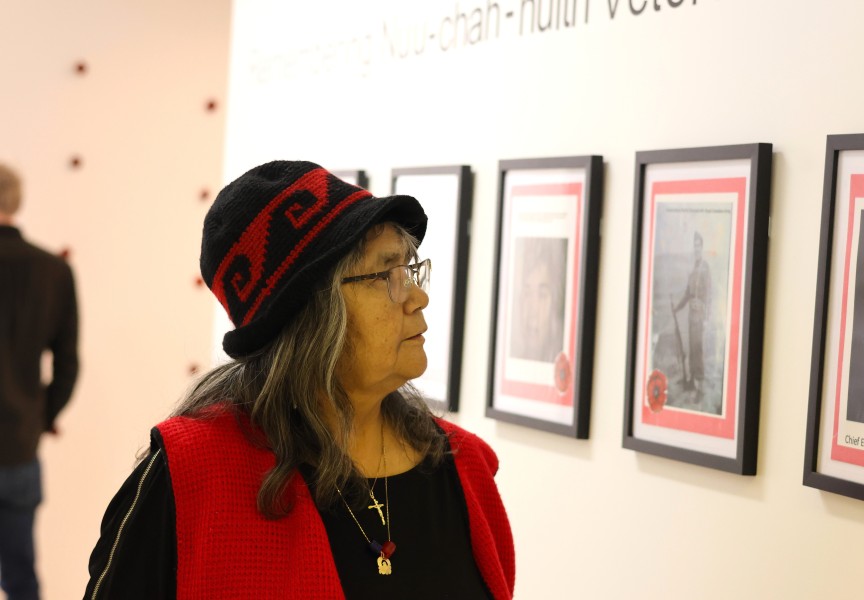Watching Heiltsuk First Nation members lower the remains of their ancestors into a grave made Simon Fraser University’s Catherine D’Andrea reflect about the value of archaeology.
“I thought about how it is sometimes viewed as a hobby with very limited practical value or relevance to the modern world,” says the chair of SFU’s archaeology department.
Retired SFU archaeologist Roy Carlson originally excavated the human remains in 1977 – with permission from the Heiltsuk – in Namu, B.C., a former trading post and B.C. Packers cannery site near Bella Bella.
SFU worked closely with Heiltsuk chief Harvey Humchitt to arrange the return of the ancestral remains. Carlson and D’Andrea participated in a burial ceremony last Friday attended by about 100 people, including Heiltsuk chiefs and elders.
D’Andrea is impressed with the respect the Heiltsuk people have for their ancestors.
“The scale of the effort put forth by Harvey and the Heiltsuk, both young and old, in making the bentwood boxes and all the other preparations, reminded me that even our distant past can have a profound impact on our daily lives,” says D’Andrea. “Although we may not think about it very often, our ancient history, as well as our recent past, greatly affects how we view ourselves, how we form our identities, and it can be a source of national pride.
“Archaeology can be especially important to First Nations and to other nations worldwide that have suffered through and survived the ravages of colonialism. Unfortunately archaeology was sometimes used to perpetuate injustices, but we can now turn it around now and use it to assist those who are attempting to rediscover their cultural identity and to understand and value their unique contributions to human history.”
Carlson’s investigation at Namu revealed people lived there for more than 9,000 years. Humchitt says this discovery verifies many stories the Heiltsuk people have passed down from generation to generation.
“Bringing back our ancestors is the beginning of a healing process. When a person passes away in our culture, we believe there is life after death,” the hereditary chief says. “We believe when a person passes on, he begins a spiritual journey. And we feel the ancestors who were dug up, their spiritual journeys were interrupted.”
This marks the first time the Heiltsuk people have repatriated remains and it likely won’t be the last time. Humchitt says it was important that his community’s young people participated in the process and he will encourage them to bring more of their ancestors home.
“For me, to finally put our ancestors back where they belong, it meant a lot. We worked really hard and I hope this will help our young people realize there are things they need to do. We try to teach as we go along and hopefully they see by example what needs to be done.”







